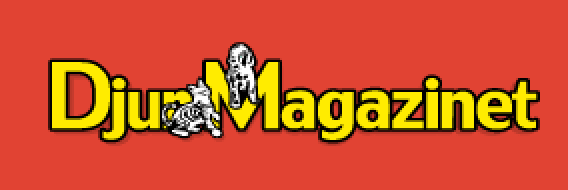Mudi
FCI:
Mudi - Group I. - Sheepdogs and Cattle Dogs, Section 1 – Sheepdogs.
General Appearance:
It excels extraordinary intelligence, cleverness, cunning and resourcefulness. It is lively and virtually tireless, energetic and adaptable, active in all situations and always optimistic, ready to cheer also nearby. Although it is quite independent, still vigilant and alert, courageous and very lively, it is also very sensitive. It is consistent hunter of rodents and despite its size, also an excellent defender.
Temperament / Behaviour:
The owner must be the clear leader of the pack, acting strictly but fairly. Owner and his family it protects in all circumstances with great enthusiasm. To unknown persons it is not overly suspicious when it got the necessary early socialization and adequate education based on a kind but firm consistency. However, it also requires plenty of patience and understanding by than owner.
It is docile, learn to love, quickly and easily, it needs a reasonable stimulation of positive, enthusiastic praise, little reward failure is joyful encouragement. The training course will bring the dog and owner satisfaction. Owner can be sure when is dog at home alone, it does make no destruction.
Mudi is hard-working and besides sufficient movement urgently needs to have some mental work, the best training any dog sport. Thanks to its extraordinary agility and mobility disposition it excels in agility, flyball, frisbee and dog-dancing, but it can be trained as a service dog, e.g. to search for bombs or narcotics or as a paramedic. Its size allows dog to penetrate easily into small places than the larger service breeds.
Because of its size and feathering it excellently suits to urban as well as rural areas. When a strong sense of "the pack" it does not belong to the outdoor pen. The happiest owner probably will not be a keen gardener, this breed likes digging sort of beds in which it is resting in summer and it is getting colder.
Body:
Mudi is slightly smaller than a medium-sized sheepdog square body frame. Body length is approximately equal to the height at the withers. Male is from 41 to 47 cm for female is 38-44 cm, weight of male is 11-13 kg for female is 8-11 kg.
The head must give the impression of alertness, activity, mirth and wit, without any trace of timidity or aggressiveness. It's quite a wedge-shaped to the nose. Skull should be slightly arched above, occipital part is barely noticeable. The eyebrows are slightly developed.
The frontal slope is gradual, nasal bridge straight. The nose is narrow, rounded, with sufficiently wide nostrils. In black, white, fawn and blue - merle coat colour must be black, while another colour must match the coat colour. Lips are tight, close fitting to the jaws and teeth. The corners are slightly frayed edges, colour should match the colour of the nose. Teeth are required to complete, scissor bite. Teeth should be medium-sized, evenly spaced in the jaws.
The eyes are narrow, slightly slanted, with a slightly pointed outer eye corners. They should be as dark as possible, only blue merle coloured specimens can be blue or white. The earlobes are high, erect, shaped like an inverted "V". The dogs they often live independently are moving according to where the sound was coming.
The neck should be set high, medium length, slightly arched in the neck and muscular. Topline body goes to the rear of the slopes. Withers are pronounced and long, muscular. The back should be straight, short loin is moderately long, stout and stern requires a short, slightly sloping, of medium breadth, muscular.
The tail is moderately high set, hanging at rest, while its last third with curves upward movement and alertness carried higher above the upper line of the body, curved sickle and should be profusely feathered. Its reduction is undesirable if it is docked, must be left 2-3 caudal vertebrae. Individuals with congenital bobtail it is found inborn with short tail minimum and it is not penalized.
Chest, which boned the top of the sternum, ribs are broad, rather flat, the abdomen should be slightly tucked. The forelegs are slightly oblique, well muscled shoulders, elbows close to the body. Wrists are firm, dry, steep pasterns paws round and closed, padded elastic nails slate gray, hard. The hindquarters should be in a normal stance shifted slightly backward, legs should be long, heavily muscled, insteps short, steep, dewclaws are undesirable.
The coat is uniformly very wavy or slightly curly, thick, glossy always, never matted, about 3-7 cm long. Colouration can be fawn, black, blue - merle, ashen (in terms of genetics correctly "blue"), brown, white. On the basis of colour are permissible but undesirable, rather small white markings, front chest may be a white spot with a diameter exceeding 5 cm. White markings on the toes are permissible but undesirable.




